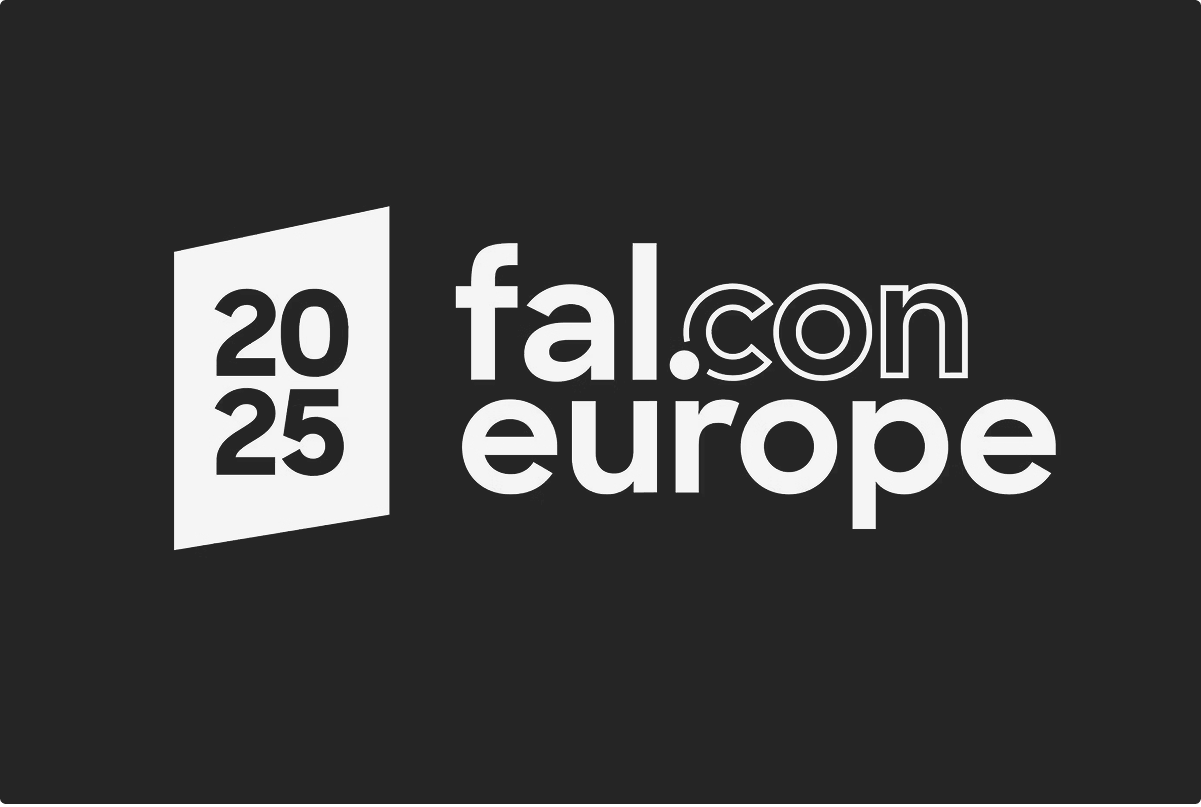
Today, we review the report released earlier this month from 🔗AWS which was based on a survey of 2,800 technology and security decision-makers. Industry Dive’s excellent summary brings forward some insightful numbers around collective anxiety – a headline statistic of almost 90% of respondents stated that security risks are a significant barrier to moving their data to AI-enabled cloud platforms. Read their full article here on 🔗Cyber Industry Dive.
For decades, security professionals have worked to build digital perimeters, secure endpoints, and classify data. The move to AI-enabled cloud platforms challenges this model. This can feel like feeding an organisation’s most sensitive information like customer data, intellectual property, financial records and more into models that may reside outside their infrastructure.
So, what are the risks?
Well, inadvertently exposing data and training public-facing models is one. There’s the running risk of model poisoning with malicious actors corrupting data, and things like secure APIs create new untested entry points for attackers.
This widespread fear is having a tangible impact on strategy. The report found that for organisations choosing to stick with on-premises servers, 40% cited cybersecurity and privacy risks as the primary reason.
This creates a potential strategic bottleneck. While staying on-prem might feel “safer” in the short term, it risks marooning an organisation on a technological island. They sacrifice the scalability, innovation, and advanced capabilities that cloud-native AI platforms offer, effectively opting out of the next wave of technological evolution. This “wait and see” approach is, in itself, a significant business risk.
Fighting fire with fire
Here is where the data reveals a conflict. While fear of AI-enabled platforms is the barrier, AI-powered security is seen as the solution.
The report found that nearly 40% of respondents identified AI-based security frameworks as their top priority for reducing cyber risk.
Leaders understand that traditional, manual, rules-based security cannot keep pace with the threats emerging from AI. You can’t secure an AI-driven environment with a human-scale response. You need a blend of human-in-the-loop solutions leveraging the enhanced capabilities of AI in cyber protection measures.
The same machine learning principles that power generative AI are now the most critical tools for protecting it. These AI-based security frameworks move beyond static defence, offering:
- Automated Threat Detection: Using AI to identify anomalous patterns and potential breaches in real-time, far faster than any human team.
- Intelligent Access Control: Dynamically assessing risk to manage who, and what, can access sensitive data.
- Proactive Vulnerability Management: Using AI to predict and patch weaknesses before they can be exploited.
What’s the future?
The AWS report shows problems but also points to the future solution. The 90% of leaders who are worried are right to be. The 40% sticking to on-prem are reacting to a valid concern. And the 40% prioritising AI security frameworks have identified the only viable strategy.
Embracing AI should be a deliberate, security-first migration. At Mondas, we help secure organisations to adopt AI in the safest way possible to not stifle growth and technological advancement, but to enable it. Talk to us today about a plan to get your organisation secured for their AI needs.
This article was collated by Lance Nevill, our Cyber Security Director at Mondas. Lance works with organisations towards their compliance with a focus on ISO 42001 in this context, learn more about Lance on 🔗LinkedIn here.
Last updated 13/11/2025





